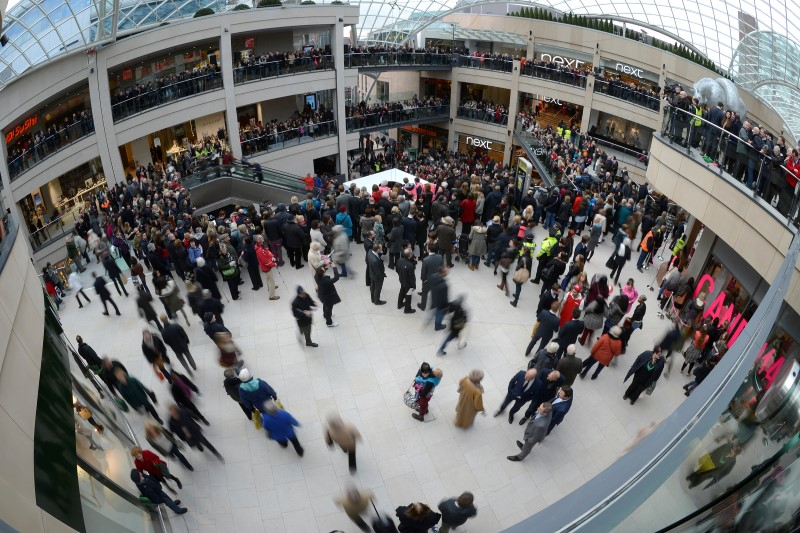Large eurodollar futures contract trade signals year-end funding pressure By Reuters

By Gertrude Chavez-Dreyfuss and Dhara Ranasinghe
NEW YORK/LONDON (Reuters) – What appears to be a large bet placed this week in the eurodollar futures market that tracks short-term funding rate expectations over several years is signaling potential excessive year-end demand for U.S. dollars from banks and corporations.
The volume for eurodollar futures contracts expiring December 2021 spiked on Thursday, which includes a massive open position of 200,000 contracts.
Eurodollar futures is a bet on the direction of the short-term secured overnight financing rate (SOFR), the benchmark interest rate that is replacing Libor, which global banks use to price U.S. dollar-denominated derivatives and loans.
Traders also use these futures to speculate about the direction of U.S. monetary policy.
Open interest on the December 2021 contract rose to 1.154 million contracts, Refinitiv data showed late on Thursday, the largest since at least December 2011. Volume late on Thursday was at 654,872 contracts, which includes one huge block of 200,000.
“That 200,000-contract was to open a position. That tells me someone was likely trying to make an inexpensive bet that year-end funding pressures will push rates up,” said Brian Reynolds, chief market strategist, at Reynolds Strategy and former money market portfolio manager for an investment firm.
Dollar demand typically rises as the end of the year approaches, with portfolio rebalancing and fund transfers requiring currencies like the euro and sterling to be converted to the U.S. currency.
“When it comes to the December contract, three-month money is about year-end balance sheets, so maybe someone was looking for protection on year-end funding,” said Rene Albrecht, rates strategist at DZ Bank in Frankfurt.
“And a week before Jackson Hole, and given that prices have gone up recently, this looked like a good opportunity,” he added, referring to the Federal Reserve’s annual economic symposium in Wyoming next week.
In recent months, the eurodollar futures yield curve, which plots expected SOFR rates as far as out as six to 10 years, has been inverted, which is unusual, and a sign of potential funding stress.
The implied yield for the December 2021 contract was 19.5 basis points, higher than that of January 2022 at 17 basis points and March 2022 which was at 16 basis points.
Yield curves tend to slope upward, with nearer maturities yielding less than dates further out in time that carry greater risk because of the higher probability of inflation or default.
Reynolds believes any funding pressure will be relieved by the Fed, which announced late last month that it will establish separate domestic and international standing repo facilities where firms can trade securities for cash whenever they need, to backstop money markets during times of stress.
Traders noted that spikes in the yield for December contracts are normal because expectations of year-end funding issues are generally priced in.
In the summer of last year, the eurodollar yield curve inverted as well.

